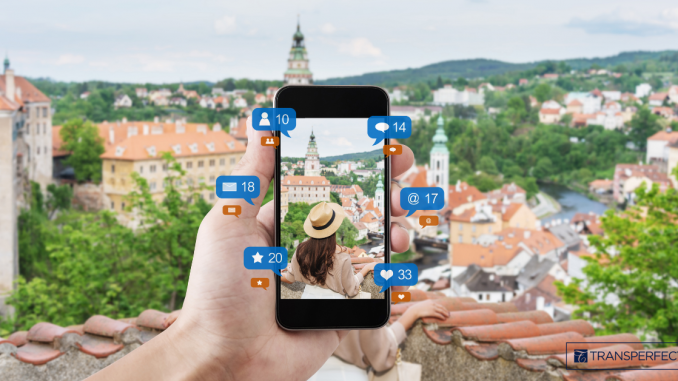
The travel industry has arguably been one of the worst affected industries during the pandemic.
But now, things are looking up for businesses as more and more people start to travel.
Businesses will need to shift their digital marketing strategies in response to these new trends.
Here are the top three digital marketing trends in the travel industry and how to respond to them strategically.
Utilizing User-Generated Content
The travel industry is all about creating memorable experiences for customers. This lends itself well to user-generated content—content created by actual customers of any particular brand, product, or service.
Travelers are marketing savvy and can tell the difference between authentic content and over-the-top, artificial campaigns. Particularly in this post-pandemic environment, customers are craving human connection. They want to feel that people similar to them trust your business before committing to it themselves.
You can tap into this by:
Tailoring the Customer Experience
Traveling is a personal experience. People spend a lot of time planning and saving up for vacations. They want to feel like they are being treated as esteemed guests while on that vacation.
As more people return to traveling, hospitality and travel-related businesses should embrace this opportunity to delight both new and returning customers.
One of the ways they can do this is by serving more relevant content. This will help foster better customer connections through personalization. By tracking how customers interact with your content, you’ll build a better profile for each user and serve them more relevant and engaging content.
For example, hotels might starting stocking a guest’s favorite wine in a mini bar. Another example is an airline offering guests with children better seating to accommodate their families. They could also offer age-appropriate activities for the children while on board.
Any sort of personalization that makes a customer or guest feel special helps build brand advocacy, increase customer spend, and improve the likelihood of repeat business.
Putting Mobile First
While working from home may make you think that desktop use has increased, 55% of page views in 2021 have come from mobile. Travel and hospitality businesses need to ensure their digital touchpoints are optimized. This will ensure a smooth, seamless customer journey from the homepage to the checkout page.
Mobile apps have become ubiquitous within the travel industry, enabling paperless travel. Apps such as Apple Pay and Google Pay make it even easier to purchase services and goods anywhere in the world. Make sure your customer journey is optimized for mobile every step of the way.
Taking These Tips Further
These strategies all work when combined with a localization strategy. This ensures that you’re serving all of your potential customers, no matter where they are or what language they speak. Localization ensures that your content is relevant and in the preferred languages of your target audience.
Your localization strategy depends on your business needs, and can include anything from translating your mobile app and creating localized content to employing AI technology to personalize the customer journey.
TransPerfect can help you with these projects and more, ensuring that your business makes the most out of pent-up travel demand. Contact us today to learn more.

Leave a Reply